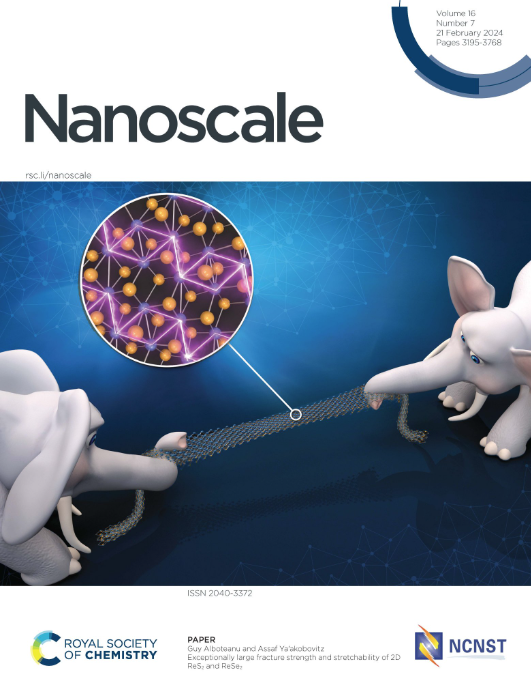Synthesis of titanium phosphide by thermal ALD based on a novel phosphorous precursor
IF 5.8
3区 材料科学
Q1 CHEMISTRY, MULTIDISCIPLINARY
引用次数: 0
Abstract
Herein, we present for the first time the synthesis of Titanium Phosphide (TixPy) by thermal ALD based on the use of in-house synthesized Tris(trimethyltin)phosphide (TMT3P) combined with Titanium Tetrachloride (TiCl4) as the P- and Ti-precursor, respectively. The deposition process demonstrated followed ALD principles and revealed an ALD window between 175 °C and 225 °C. The TixPy thin films grown on substrates of different nature were characterized by several techniques, showing granular surface and electrical resistivities of the order of hundreds of Ohms. The effect of different ALD parameters such as, deposition temperature, dosing time of both precursors, and the type of substrate on the chemical composition was extensively assessed by X-ray photoelectron spectroscopy (XPS). Interestingly, the results yielded the deposition of P-rich Titanium Phosphide and showed that its chemical composition depends on the deposition temperature and the type of substrate. Based on XPS results, a tentative description of the TixPy growth as a function of the number of ALD cycles was provided.基于新型磷前驱体的热ALD合成磷化钛
本文首次提出了用自制的三甲基锡磷化物(TMT3P)和四氯化钛(TiCl4)分别作为P-和ti -前驱体,通过热ALD合成磷化钛(TixPy)。结果表明,沉积过程遵循ALD原理,并在175°C至225°C之间显示ALD窗口。在不同性质的衬底上生长的TixPy薄膜通过几种技术进行表征,显示出颗粒状表面和数百欧姆数量级的电阻率。通过x射线光电子能谱(XPS)广泛评估了不同ALD参数(如沉积温度、两种前驱体的给药时间和衬底类型)对化学成分的影响。有趣的是,实验结果显示了富p磷化钛的沉积,并表明其化学成分取决于沉积温度和衬底类型。基于XPS结果,提供了TixPy增长作为ALD循环数函数的初步描述。
本文章由计算机程序翻译,如有差异,请以英文原文为准。
求助全文
约1分钟内获得全文
求助全文
来源期刊

Nanoscale
CHEMISTRY, MULTIDISCIPLINARY-NANOSCIENCE & NANOTECHNOLOGY
CiteScore
12.10
自引率
3.00%
发文量
1628
审稿时长
1.6 months
期刊介绍:
Nanoscale is a high-impact international journal, publishing high-quality research across nanoscience and nanotechnology. Nanoscale publishes a full mix of research articles on experimental and theoretical work, including reviews, communications, and full papers.Highly interdisciplinary, this journal appeals to scientists, researchers and professionals interested in nanoscience and nanotechnology, quantum materials and quantum technology, including the areas of physics, chemistry, biology, medicine, materials, energy/environment, information technology, detection science, healthcare and drug discovery, and electronics.
 求助内容:
求助内容: 应助结果提醒方式:
应助结果提醒方式:


